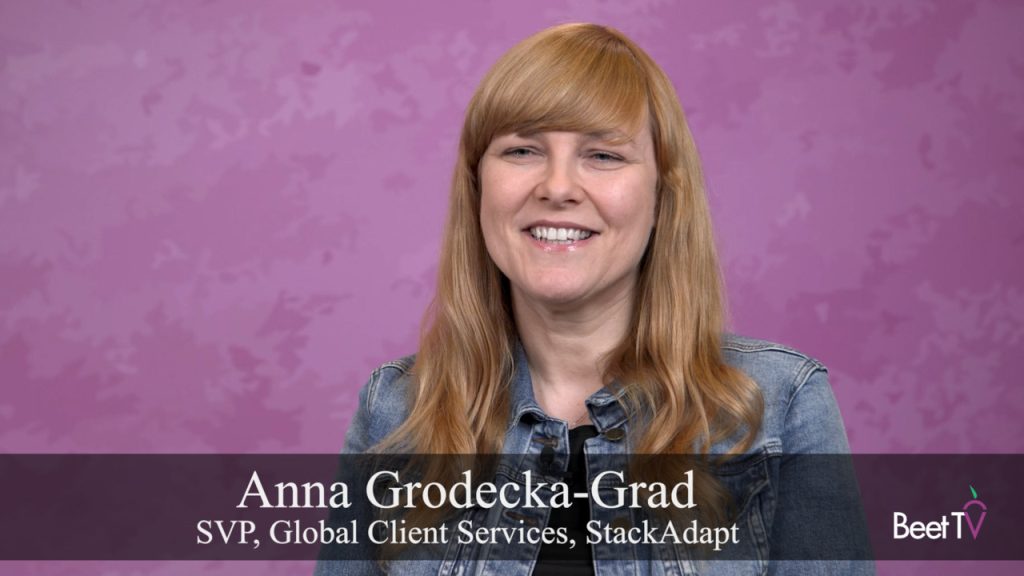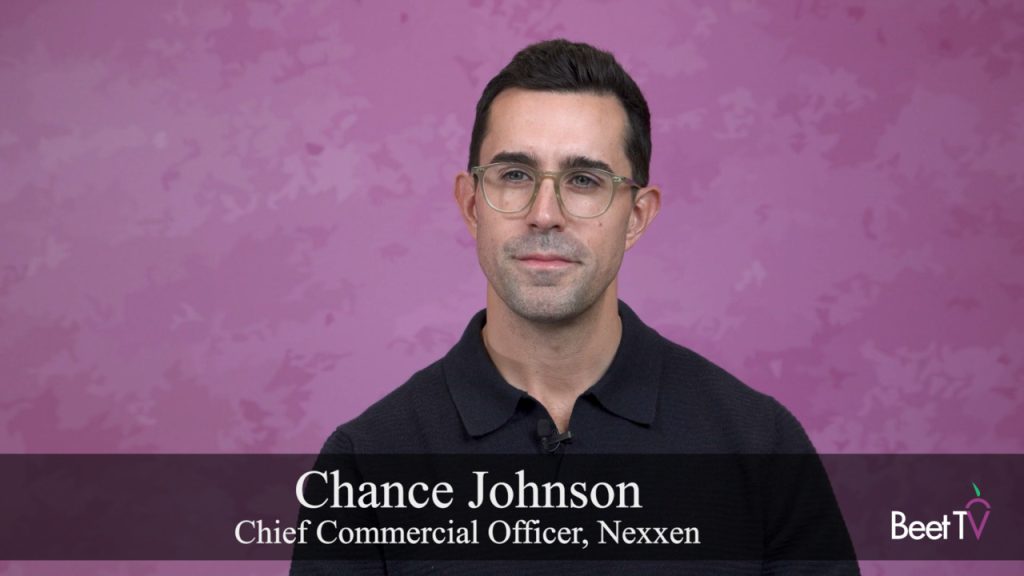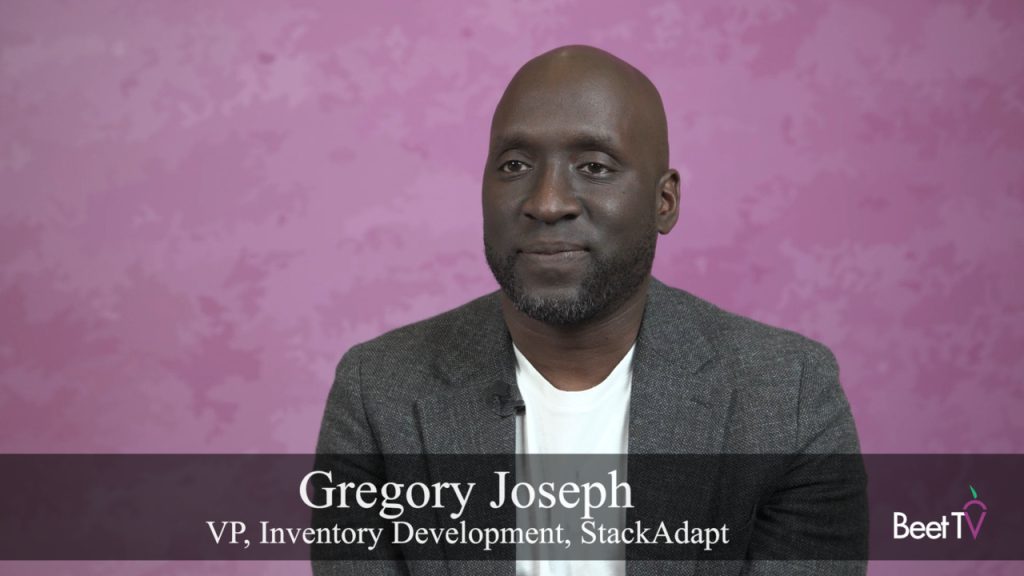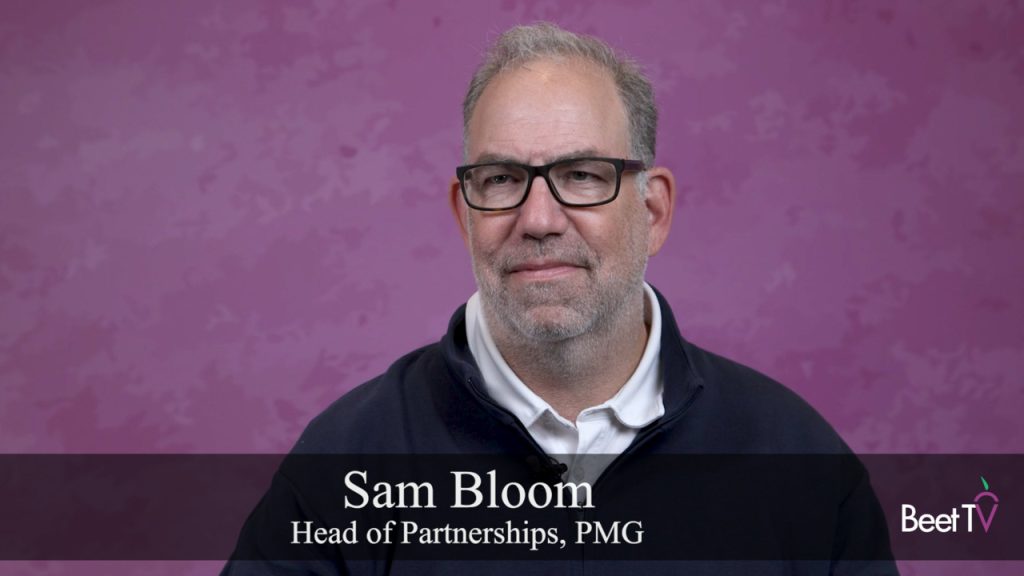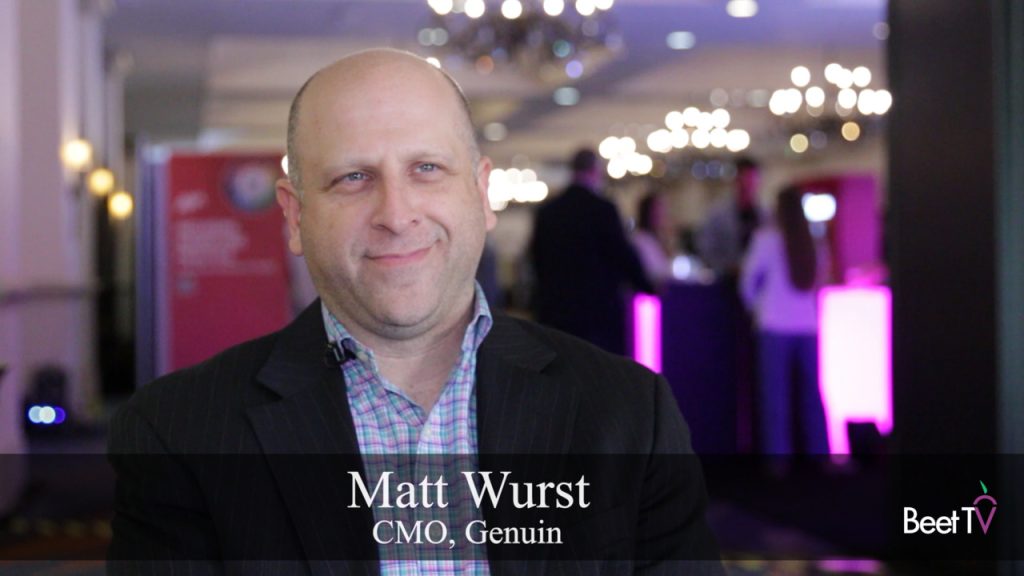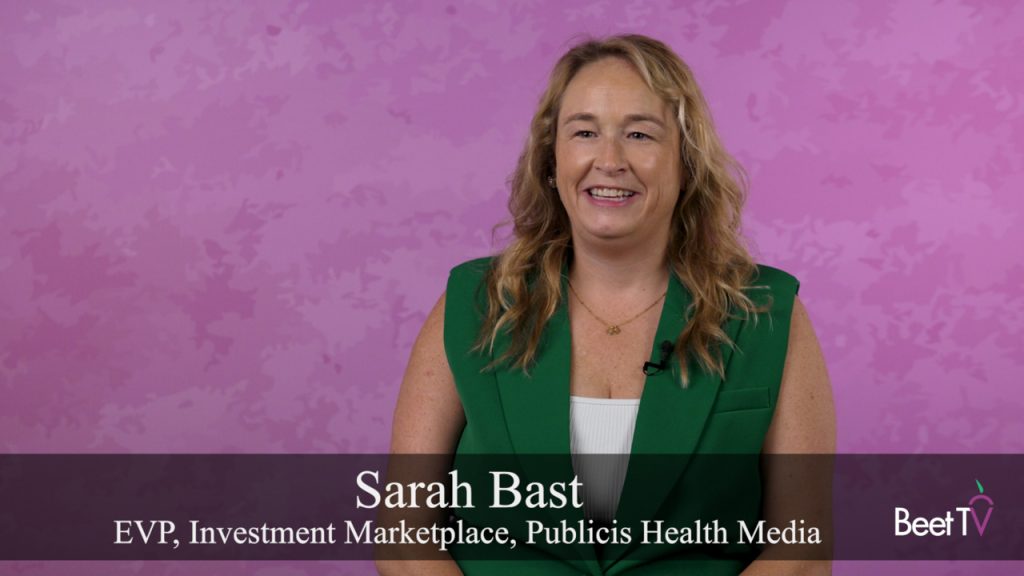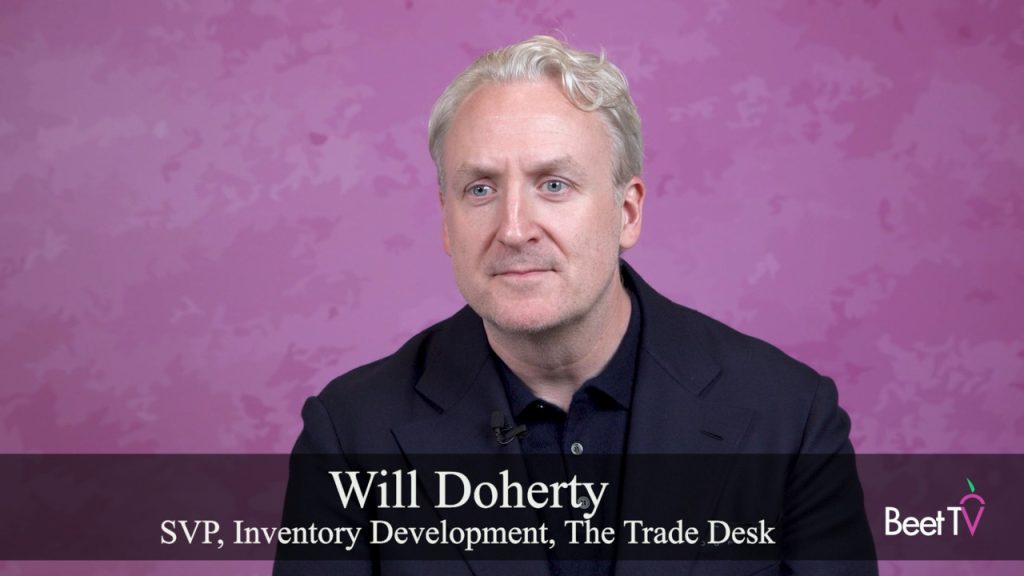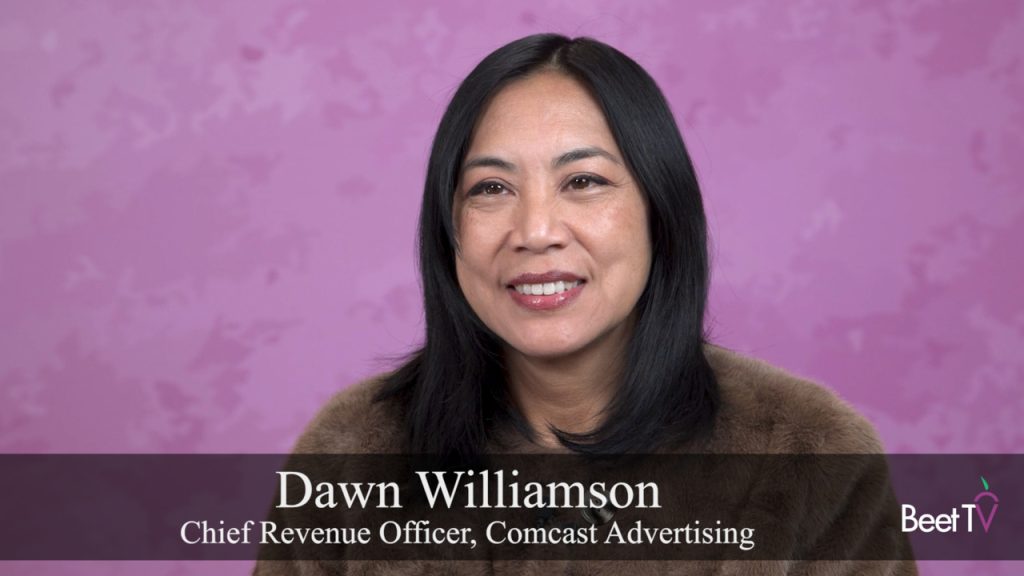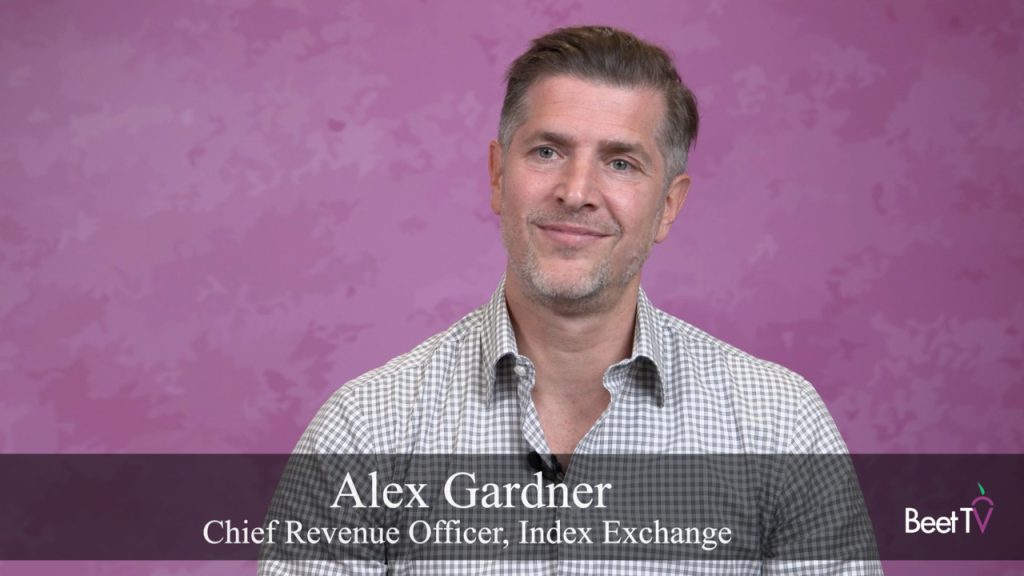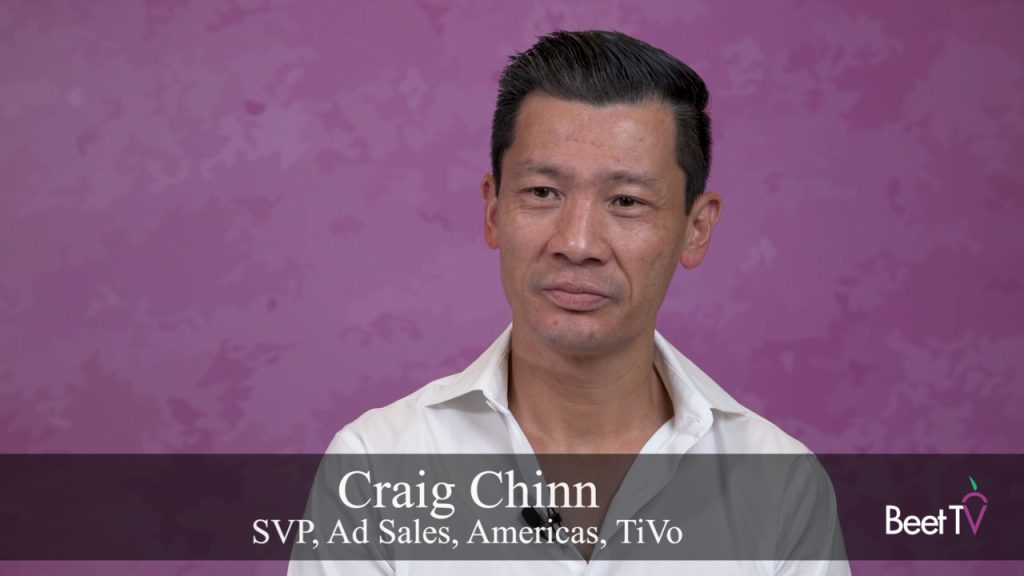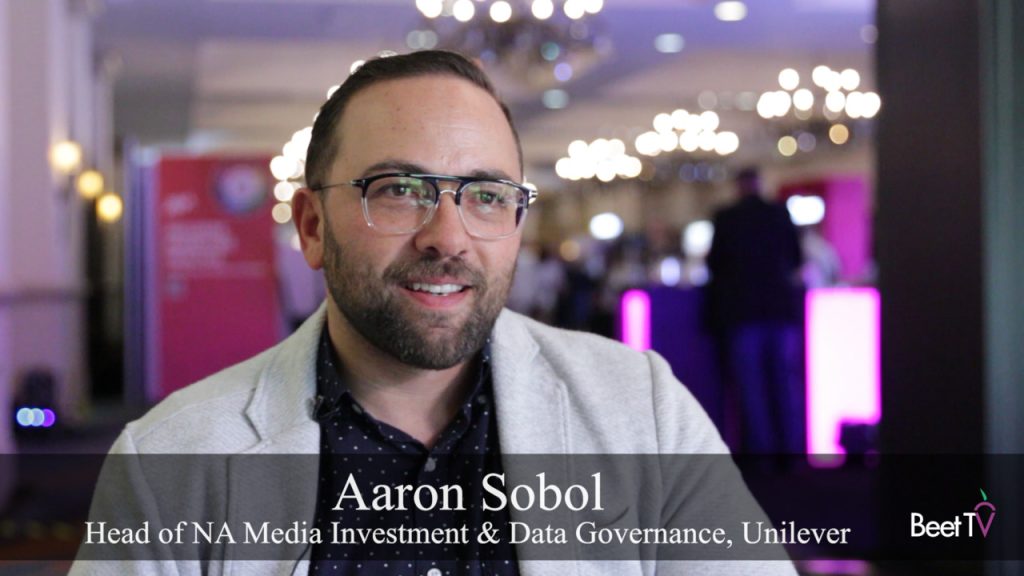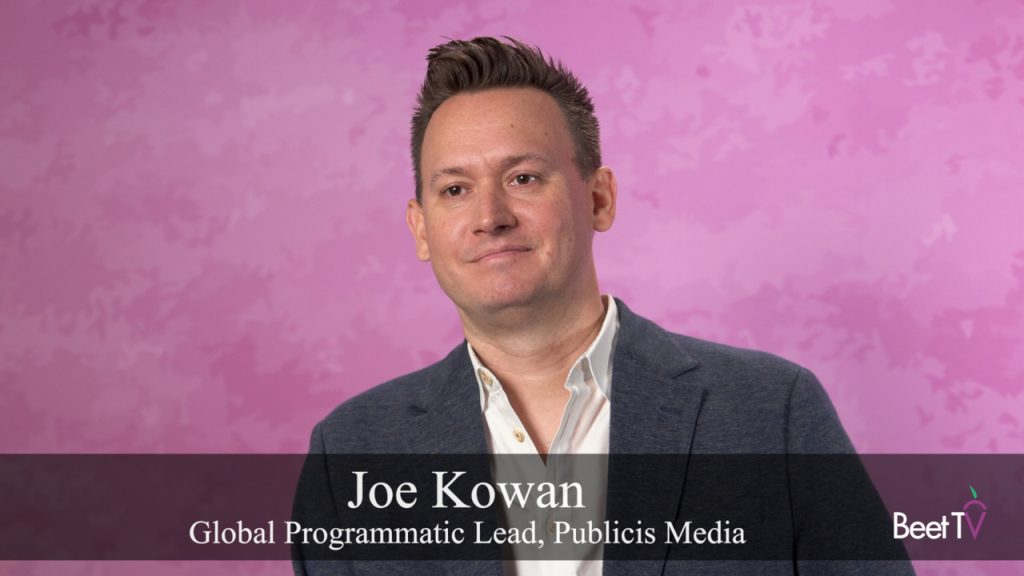
Digging deep into the online video strategy of the Barack Obama presidential campaign, video producer and strategist Max Harper, 27, explains that success cannot be measured in view count, but by targeted impact.
He addresses views vs. impact at around 6:00 into the clip.
Believe in E-Mail Lists
Max explains how properly parsed e-mail lists can be essential in reaching key constituents and how video can empower funding and participation.
I caught up with him at the Personal Democracy Forum after his session on video and the Obama campaign, which was moderated by Steve Grove of YouTube.
On Monday, I published my first interview with Max.
Andy Plesser, Executive Producer
You can also find this post up on the Huffington Post.
Video Transcript
Maxwell Harper: The most important thing to keep in mind is that, especially when you're an advocacy organization or a movement or a campaign, is that you're building a list and if you're doing it well, you're building a lot of data into that list about all of your users, all of your supporters, and when you're gonna use video, you're gonna leverage that against your list. Utilize your list for micro-targeting, for major email blasts, for asks, and so on, but also not just on the…the loudspeaker side… on the communication that's just top down, but on the communication side of bottom up. Use the list to find those stories, to hear what people there are interested in and actually listen to them and engage with them in it and source your stories and your inspiration and your design and your aesthetic from a lot of what you're finding in, out in your constituency or your multiple constituencies or whatever.
So, one of the, some of the examples of how you would use that list would be, like usually it's to work with that video, would be, for example, the way that we would use, we would post particular videos, let's say in a micro-targeting sense. We would take a video that we knew was very particularly interested to some demographic, let's say Asian American Pacific Islander community, and was, the content was designed for them from the beginning, and what we would do was take take the email list parsed to the AAPI community, and knowing that those people on that list were probably, a great proportion of them were influential people or influencers in a marketing sense, and we would target them with an email with this video in it. The subject would say "VIDEO", all caps, colon, "Maya Soetoro-Ng Will Tell You About her Brother Barack" or something, you know, short. You would go into the email. The email would have a short description of why video is important and why you should click on the thumbnail photo that was in there. You click on the thumbnail; thumbnail takes you to the blog.
Andy Plesser: And it's in HTML? The thumbnail appears in the inbox?
Maxwell Harper: Yeah, thumbnail. Like you go into your inbox, you're looking at your email, you click on the thumbnail, the thumbnail drives you on to the video embedded on our site and in a blog. It's wrapped in some more text and language that describes the purpose and intent of the video and, potentially, a call to action. People will watch that video and the call to action would be very clear, and a button, either beside it or directly beneath it, would say whatever, "Take Action," "Join List," "Donate," and/or "Share This Video." So we of course, you know, so that is, all of that was you know for all intents and purposes free, but what it did was it leveraged the power of video with our list to drive action and drive donation and we saw substantially higher open rates in videos, in the neighborhood of 5%, increased open rate on an email, which then, you know, would translate to higher click through and conversion rates to actual actions. So, you can see how that would begin to amplify what…whatever else you're working on. And a lot of nonprofits think, "Video is really expensive. I can't, I can't even access this thing. I don't even want to get into it," but if you look at the way that video…video will pay for itself.
Video is an investment and if you think about it really strategically it'll pay for itself through the impact it has, the benefits both tangible and intangible. Some of those tangible ones are increased open rates, the intangible ones are potentially if you were being a little analytical you could make them tangible, but things like participation, participation retention, inspiration, and engagement, and how those metrics would then convert into, you know, better action on the ground as well.
If you're gonna blast a video or even micro-target a video, it has to be a quality video and you really have to build a set of standards by which to know what those, what is actually a quality video because if you send out a poor quality video, people stop clicking on that email to see what you've sent them because it doesn't…either it doesn't engage them or they can't hear it or see it or it's too long or whatever reasons that makes video poor is gonna affect how you do. So basically you wanna choose your most popular videos or your best videos and make as best you can and target those as best you can as well. I don't know, it seems kind of simple; it's like just put your best videos, only blast your best videos.
Andy Plesser: Yeah, don't blast everything; be selective.
Maxwell Harper: Yeah. In many instances, the videos that we would produce and distribute, it was not necessarily about driving up a major number of views. View count wasn't the only thing, you know, wasn't the only metric that we… that we would hope for with a video, so I think it often wasn't just quantity, it would be quality and we wanted quality, targeted outcome from our video and we couldn't necessarily measure that. A lot of that was really intangible, but we heard a lot of anecdotal evidence from people in the field, people that we're working, a lot of core supporters, the volunteers, the field organizers, that like those videos that took place in their state or just, whether it was just the full one hour of the rally that took place in their area or a short video about somebody, a field organizer in their situation, they loved it. Anything that would come out like that, it was a reaffirmation of all their hardwork and it was kind of a gift to them in a way and it was to say, "We are, from headquarters, looking out for you and we are looking, like, we are telling your stories again and again and again." And that, I think, drove a sense of community and involvement on such a major scale that you wouldn't be able to do without video. You couldn't do that with an email, like you just couldn't do that with an email that would get an emotional reaction that would translate to, you know, staff retention and turnout rates on volunteer days, and everything like that, and also persuasive buy-in. I mean, we made twelve videos in twelve separate languages with a separate, with an opening and closing in twelve separate Asian American Pacific Islander languages with Barack's sister with a common body that was telling Barack's connection to the Asian American Pacific Islander community and his background in a pluralistic society and targeted that directly at what was the Asian American Pacific Islander community, which was a key demographic in Nevada at the time and we can only believe that that translated to…that those videos, that if their view count was only 5,000-10,000 that it hit at least, you know, 500, say, influential people in that community which translated to probably a multiplied effect of
buy-in from that community.
It's about being able to micro-target, but also like not worrying about the view count. That a state video with a view count of 10,000 might be all the 10,000 organizers in that state and no one else and it can mean the world. Like it doesn't have to be a hundred thousand things, a 100,000 views. I like to make an example. It's like I can make a video with a view count of one and it could be a letter to my grandma and it could change her life. And I can make a video, I can make a video that has a view count of ten and it's ten people on the board of directors at some foundation and they give a $100,000 grant to some community arts group and it changes the way like a city engages with its youth and in this day and age, to me, it's not about going viral, it's not about huge view counts, it's about impact and it's about targeting that impact. You can target that impact by controlling your distribution. So you couple the two together and you have a really is powerful concoction.







